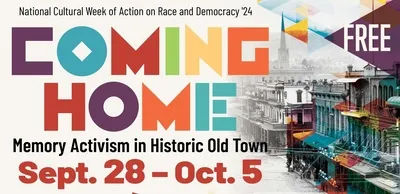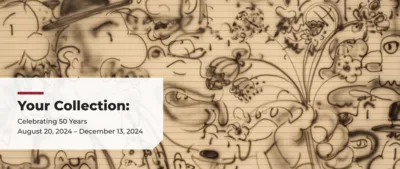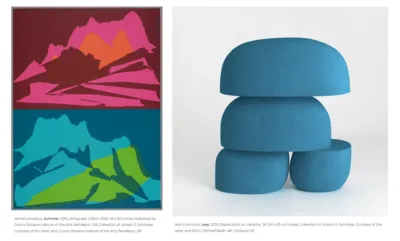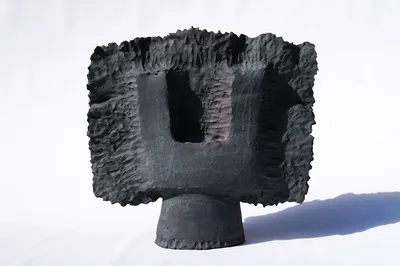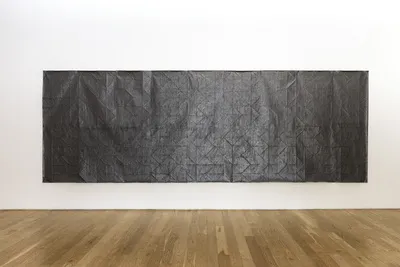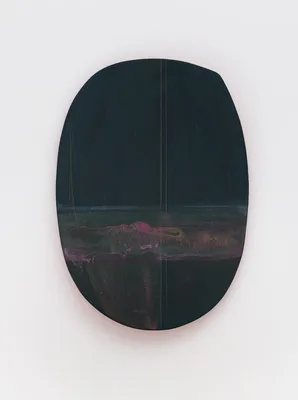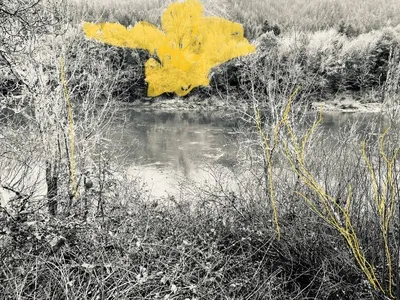Ellen George and Marie Watt will both have work in The Indelible Spirit: Artists in Situ Revitalizing Old Town. Curated by Roberta Wong, the exhibition is a part of COMING HOME: Memory Activism in Historic Old Town.
Vanport Mosaic shines a national spotlight on Portland’s rich and complex history through COMING HOME: Memory Activism in Old Town, a week-long series of events dedicated to honoring and reconnecting communities with deep ties to Old Town. Known as one of the city's oldest and most culturally significant neighborhoods, Old Town has been profoundly shaped by historic racism and cultural erasure.
"COMING HOME gathers the history of OLD TOWN communities whose ancestors once lived, worked, and played here. Once an integral part of the urban landscape, the Chinese and Japanese still remain in this part of the city. Chinatown and Japantown (Nihomachi) coexisted among Native American, African Americans, Greek, Jewish, and Roma businesses and communities no longer rooted in this place.
COMING HOME honors these communities through art, remembrance and resilience. Whether contemplating the past or envisioning the future, artists often capture the intangible– the spectrum between joy and pain in our lived experiences. Their art can convey what words cannot express and bridge an understanding to what was lost, and what is needed to renew our human spirit. We are connected and invite you into the circle, COMING HOME, to reimagine our sense of place.
— Curator Roberta May Wong
As part of COMING HOME there will be an Artist Meeting on Tuesday, October 1, 2024 from 3:00 PM 5:00 PM.
Building 220
220 Northwest 2nd Avenue
Portland, OR, 97209
Join for an opportunity to engage with curator Roberta May Wong and the multidisciplinary and multicultural artists behind "The Indelible Spirit: Artists in Situ Revitalizing Old Town."
More about Meet the Artists:
https://www.vanportmosaic.org/calendar/meet-artists
More about COMING HOME:
https://www.vanportmosaic.org/coming-home-2024
Vanport Mosaic Presents: COMING HOME, Memory Activism in Old Town
September 28 - October 5, 2024
